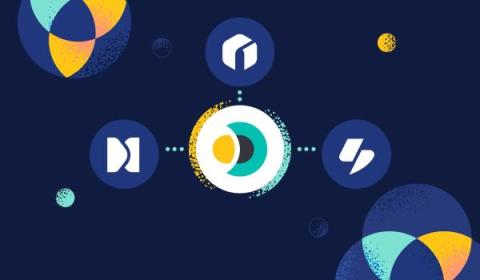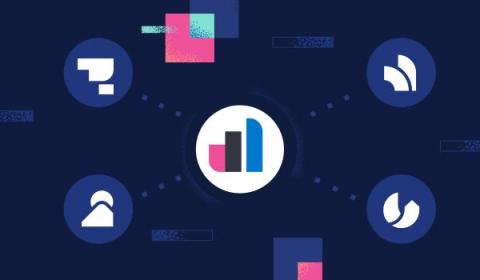aNN vs kNN: Understand their differences and roles in vector search
In today's digital era — where data grows exponentially and becomes increasingly complex — the ability to efficiently search and analyze this vast ocean of information has never been more important. But it's also never been more challenging. It's like trying to find a needle in a haystack but with the added challenge of the needle constantly changing its form. This is where vector search emerges as a game-changer, changing how we interact with large data sets.











